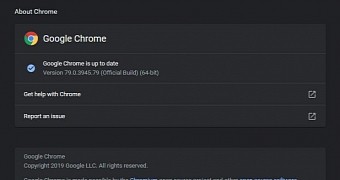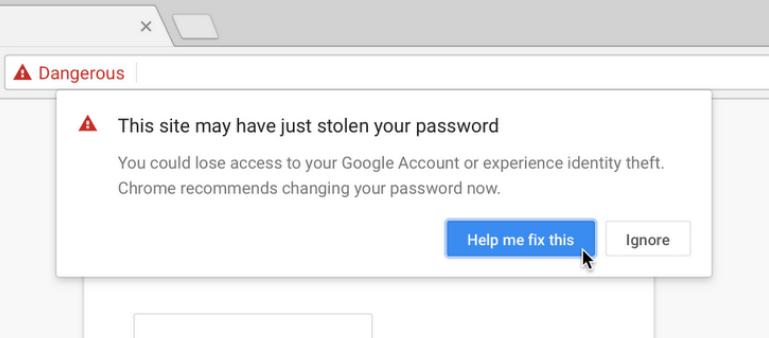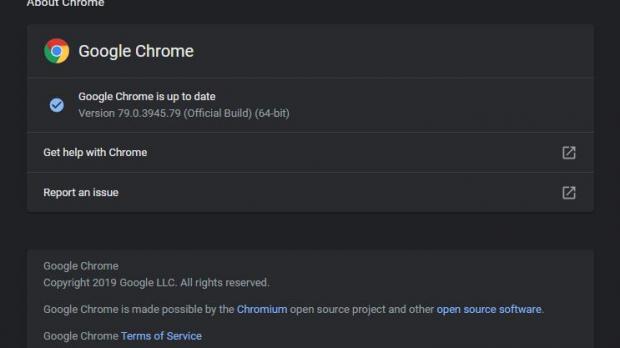Google Chrome 79 is now available for download, and this time the list of changes includes substantial improvements in terms of security.
As the world’s number one browser on desktop and mobile, Google Chrome needs to keep evolving in all areas, and security must without a doubt be a priority given the growing number of online threats.
While Chrome already comes with an advanced protection arsenal on desktop and mobile, version 79 adds a new layer of security with three notable additions: warnings when account passwords are believed to have been compromised, real-time phishing protection, and a predictive anti-phishing system.
Let’s have a look at what each of these mean and see how they can protect you in Google Chrome.
First and foremost, Google Chrome will now issue a warning when you attempt to log in to a website with a username and password that have previously been exposed following a data breach.
This isn’t necessarily a new technology, and Google itself has previously offered such capabilities as part of the Password Checkup extension. Similar tools were expanded earlier this year to support Google accounts.
But while the feature previously scanned the passwords stored in your Google account, the new feature is now available for anyone using Google Chrome. The warning reads the following:
“Check your passwords. A data breach on a site or app exposed your password. Chrome recommends checking your saved passwords now.”
The real-time phishing protection is now rolling out for users who have already enabled the following feature in Google Chrome:
Google Chrome > Settings > Sync and Google services > Make search and browsing better
As the description of this setting reads, enable it sends URLs of the pages you visit to Google for further analysis. This is required because Google’s systems must check the domain that you’re trying to load both against a pre-loaded list of unsafe sites but also using the protection system that can help determine if a page is dangerous or not.
Google explains:
“Google’s Safe Browsing maintains an ever-growing list of unsafe sites on the web and shares this information with webmasters, or other browsers, to make the web more secure. The list refreshes every 30 minutes, protecting 4 billion devices every day against all kinds of security threats, including phishing. Chrome now offers real-time phishing protections on desktop, which warn you when visiting malicious sites in 30 percent more cases.”
The predictive phishing protection in Chrome is powered by Google Safe Browsing and uses insights to determine if a specific page is dangerous or not. Basically, the moment you type a website URL in the address bar, Google Chrome could warn you that the page might be a phishing website attempting to steal your data. The warning reads:
“This site may have just stolen your password. You could lose access to your Google Account or experience identity theft. Chrome recommends changing your password now.”
It also comes with two options to ignore the warning or “Help me fix this.”
This time, the feature goes live for Chrome users who have Sync enabled. To enable it, follow this path:
Google Chrome > Settings > Sync and Google services > Turn on sync
These features are available on all desktop platforms, including Windows, Linux, and Mac. The real-time phishing protection is only offered to users running the browser on desktop.

 14 DAY TRIAL //
14 DAY TRIAL // 

